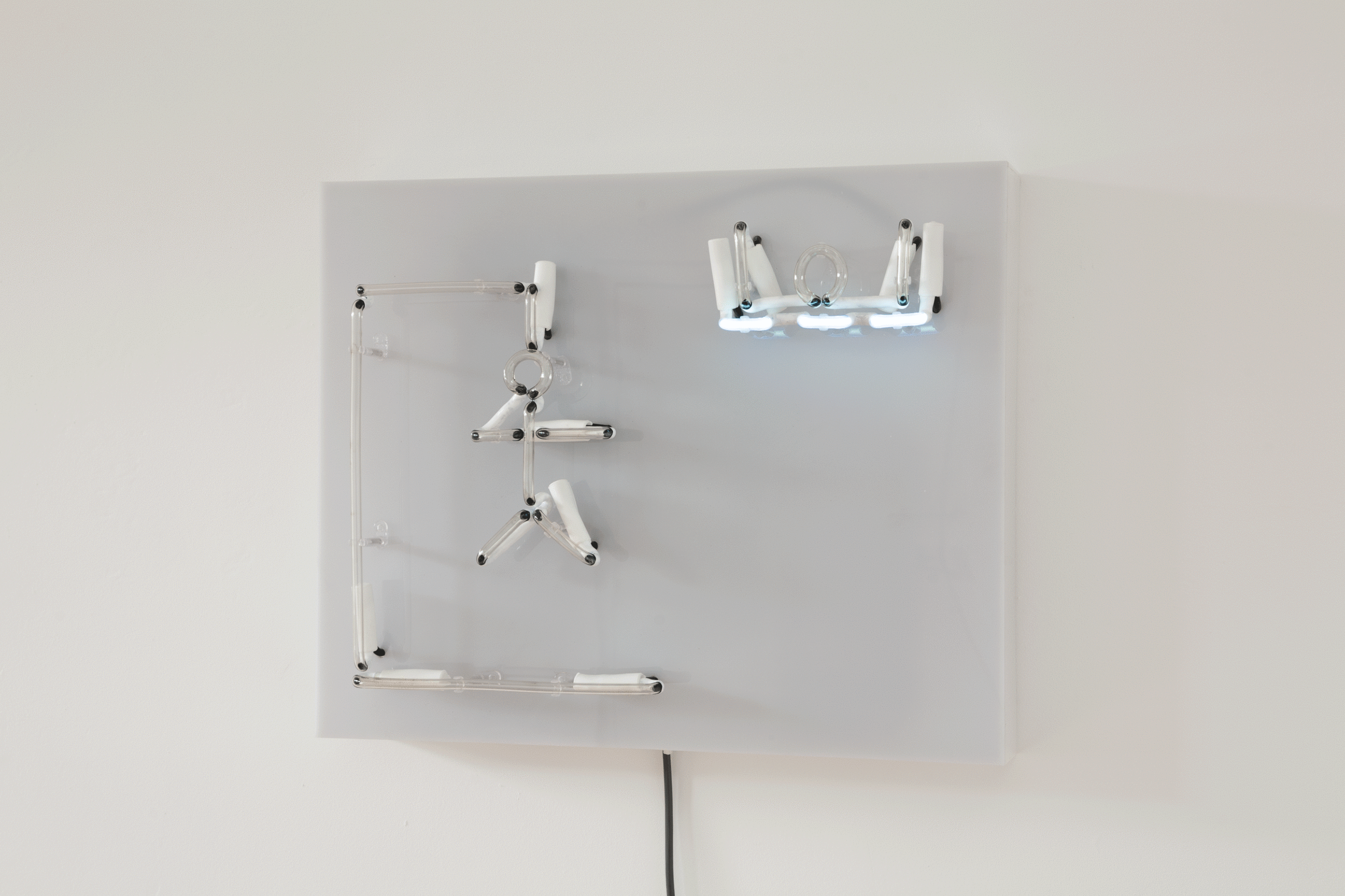





with Kiron Robinson and Simon Zoric
Documentation Images: Christo Crocker
Catalogue Text: Melanie Flynn
LOLCAT, ROFL, LMAO and other initialisms (or know your MEMES)
To kill two birds with one stone, understood to mean an efficient act of getting more work done with less resources, is counter intuitive to this exhibition. The works here create more work for the artist, things that appear obvious or easy, simple or lazy are layered, difficult or subversive. Coming from a background in photography, each artist uses drawing – that isn’t drawing – to produce works that address how culture is valued, transmitted and rejected.
Richard Dawkins wrote about the concept of memes in 1976 to describe how ideas spread within a culture[1]. With natural selection, cultural acts are transmitted, imitated, and mutated. The term memes however is now understood and used completely unawares of this anthropological definition.
A common definition still describes the sharing and evolving of popular culture, but across the technological platform of the Internet. Visiting websites such as Know your memes[2], you can view ten versions of the same film clip[3], made independently by different people across the world.
Using one base source, lyrics, moves and meaning are replaced with others specific to the appropriating culture, while still using the style and some symbols of the ‘original’ form. We efficiently and rapidly create copies of information, adjusting and adapting the meaning to allow it to be more relevant to our specific locality. That these cultural items then travel globally via the ubiquitous (invasive / pervasive) YouTube and the like, and have a life outside the expected audience, only continues to feed the process of evolution.
In this, language is key, as it to is the works in this exhibition. And language is changing and adapted to give direct ‘branding’ of a certain idea. If you search the Internet for lolcat you will find that this bizarre phrase relates to pictures of cats, overwritten with humorous text, explaining what the cat is doing/ thinking/ seeing in grammatically incorrect childish tone.
Lolcat. Only recently lol (laugh out loud) came into usage and now creating, circulating or viewing lolcats is a pastime for some. Sanja Pahoki’s neon work uses the initialism ‘lol’ as part of the hangman game, where people have to choose letters and guess the word before they run out of strokes. A drawing in neon, the work is simultaneously humorous and unsettling. Whether it presents slang as a death knell to existing communication or simply as the way future generations will streamline language is unclear. But it’s use of commonly understood imagery from disparate generations talks to the notion of cultural evolution and the fluidity of conceptual ownership.
In Simon Zoric’s work Rage Comics (web comics with characters, sometimes referred to as “rage faces”, that are often created with simple drawing software such as MS Paint[4]) are employed to tell a ‘true’ story about the evolution of an artwork. Teaching students and hearing new ideas raises issues of ethics in terms of how art is owned or circulated. As an artist, you can’t hold onto any idea with a real sense of copyright or trademark, as you can other items valued as commodities. The real commodity of a painting is also missing here, as it is only visible remotely through the use of a QR code. The story of an artist using a student’s idea as seen in this Rage Comic, questions the normal format of ending with a humorous punch line – here the artist gives up and is hated by the student- but also perverts the natural order of value in the art world by refusing to provide the tangible object.
For Kiron Robinson, the unassuming upturned fruit box is a symbol of this same doubt and failure. Appearing literally to be a painted fruit box on a stick, the sculpture is a fabrication. Cast in black resin, this remnant of cardboard, plastic and wood, questions the solidity of our understanding of what everything is. We accept that we are surrounded by objects that we use and discard, but don’t often question how they carry meaning. In his use of paradoxical or baffling objects, Robinson speaks directly to the notion of how an idea, located in the past or across continents, speaks to us. This humble experience of packing or unpacking groceries seems self-explanatory, but upturned, it is useless, void. An already poorly valued item becomes art.
In The Alterations, each artist creates a meme from another’s work. Sanja puts her face on Simon and scribbles a catch phrase on Kiron. Kiron gives Simon sweaty armpits and tags Sanja’s work with urine. Simon critiques Kiron’s photography and quotes Woody Allen to Sanja. By re-issuing their own works to other artists they are giving up their cultural possessions, investing instead in a broader interest – that of ideas. A new iteration is born which can be accepted or discarded, to be re-worked, re-named, re-exhibited again, if anyone is interested.
Melanie Flynn, June 2012
[1] Richard Dawkins, The Selfish Gene, 2nd edition, Oxford University Press, 1989, p.192
[2] http://knowyourmeme.com/memes
[3] See for example http://knowyourmeme.com/memes/everyday-im-shufflin
[4] http://knowyourmeme.com/memes/rage-comics